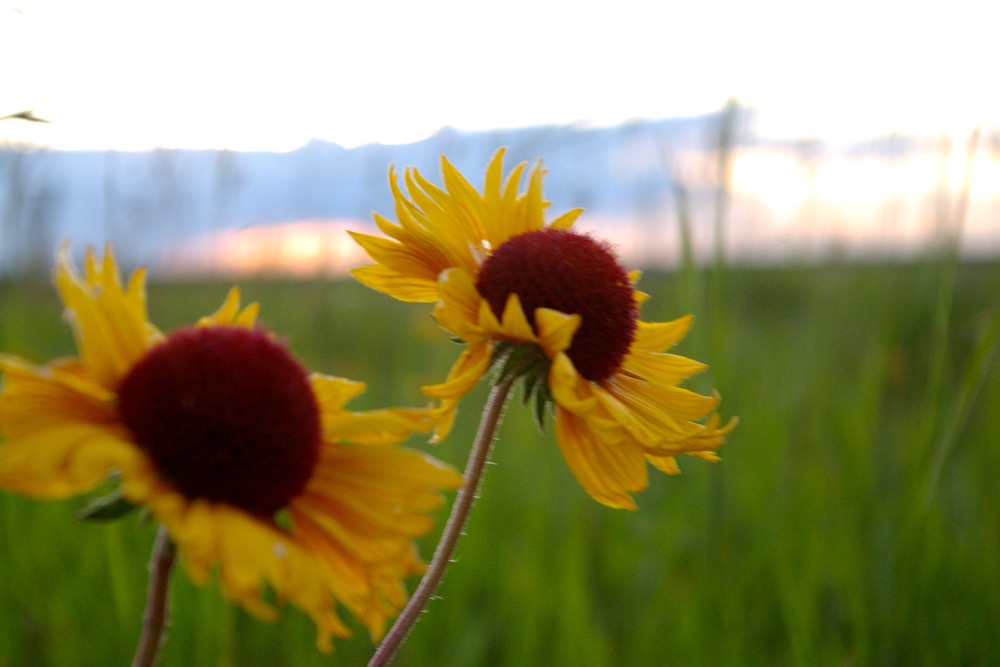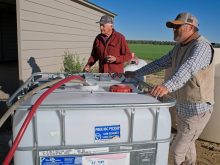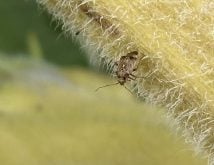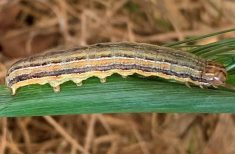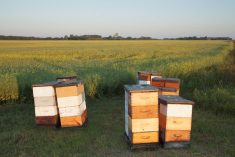Folks in crop production tend to focus on the pest insects. But usually most of the insects in a field are beneficial insects, says Dr. Vincent Hervet, pest management specialist with Alberta Agriculture and Forestry.
Parasitoids are just one type of beneficial insect farmers are likely to find in their fields. They are wasps or flies that lay their eggs on or in other insects. Unlike parasites, parasitoid larvae kill their hosts, in a horrific process that has inspired science-fiction writers for decades. Lifespans vary from a couple of weeks to over a year for the longest-lived species.
Adult parasitoids need to feed on nectar until they can lay their eggs. For example, while completing his Ph. D, Hervet studied a parasitoid that would only live a couple of days without food. However, when fed honey, it would live for a month, and parasitize hundreds of cutworms in that time.

Those adult parasitoids can find nectar from flowering crops. “However, many crops either don’t flower — if it is a cereal — or flower for a certain short window. And this actually breaks the life cycle of the parasitoid, if they don’t have a source of nectar before or after the crop flowers.”
“That’s why it’s important to try to keep flowers in the ditches,” says Hervet.
Ditches and hedges are also refuges for beneficials insects when farmers do spray insecticides.
“And so if you spray these hedges and ditches, then you eliminate these beneficials from these areas,” says Hervet. But if left undisturbed, parasitoids, ground beetles, spiders, and assassin bugs in the ditches and hedges will recolonize the field.



